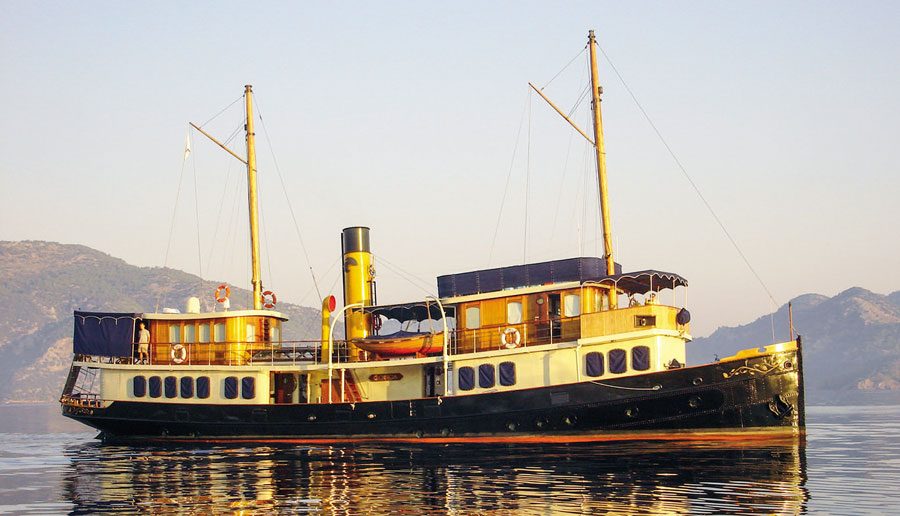

There is a private collection of boats in Istanbul that’s always expanding, to the point that any article on the subject has the inevitable defect of becoming obsolete within months.
Welcome to the collection of automotive tycoon Rahmi M. Koç CBE, and the museum he founded in the Turkish metropolis that takes his name. Located along the banks of the Golden Horn, a deep inlet of the Bosphorus that was in ancient times the estuary of a river, the Rahmi M. Koç Museum boasts a collection of over 16,000 exhibits, all linked to the history of industry, transport and navigation.
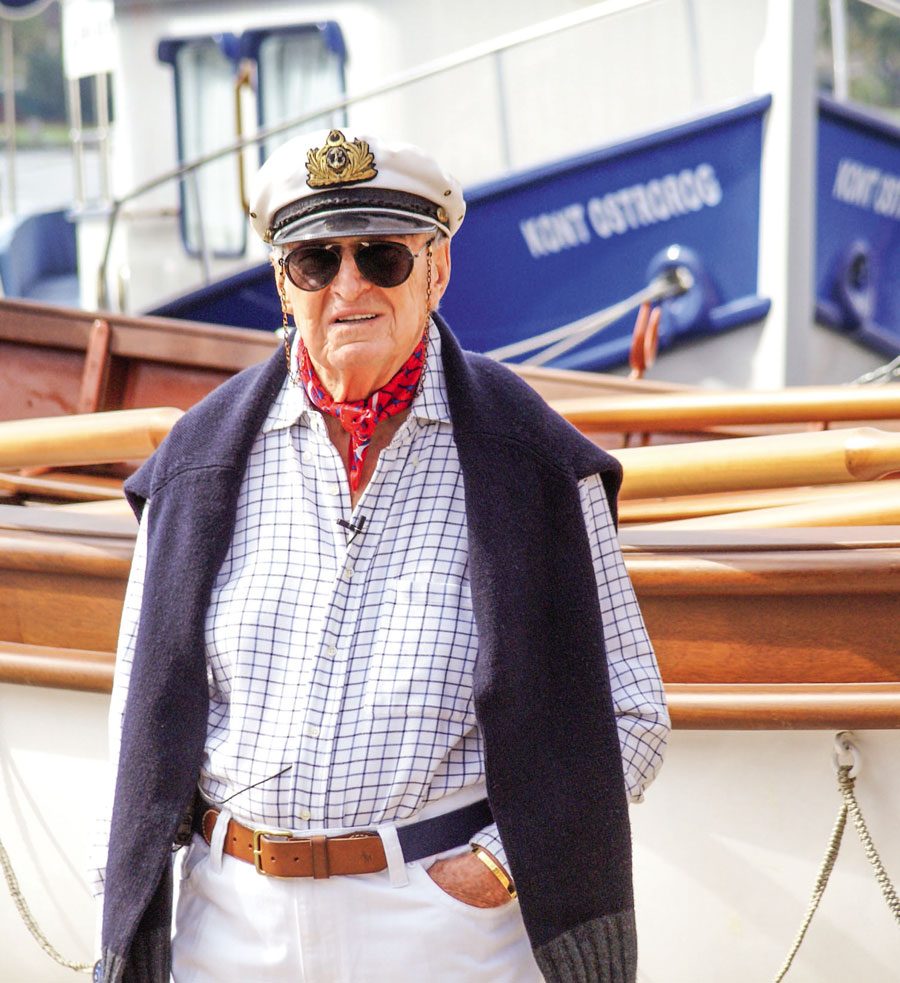
Steam engines are Mr Koç’s greatest passion. For the uninitiated, he is the honorary chairman of a group with an annual turnover of USD$61 billion (2021). His industrial empire counts over 120 companies, including Otosan and Tofas (respectively the Turkish branches of Ford and Fiat), as well as banks, companies engaged in the food sector, hotels, marinas and the manufacturers of household appliances, of which Beko is the best-known brand worldwide – it even has a regional head office in New Zealand.
In his museums (plural, as over the years Rahmi Koç has also opened museums in the capital city Ankara and Ayvalik), dozens of steam engines are exhibited – including working scale models – together with road, sea, and railway transportation exploiting the very technology that ignited the industrial revolution.

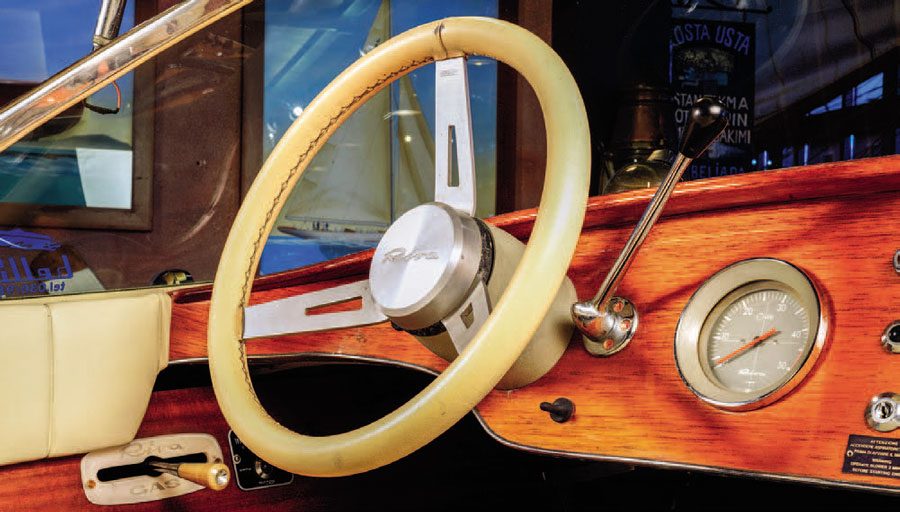
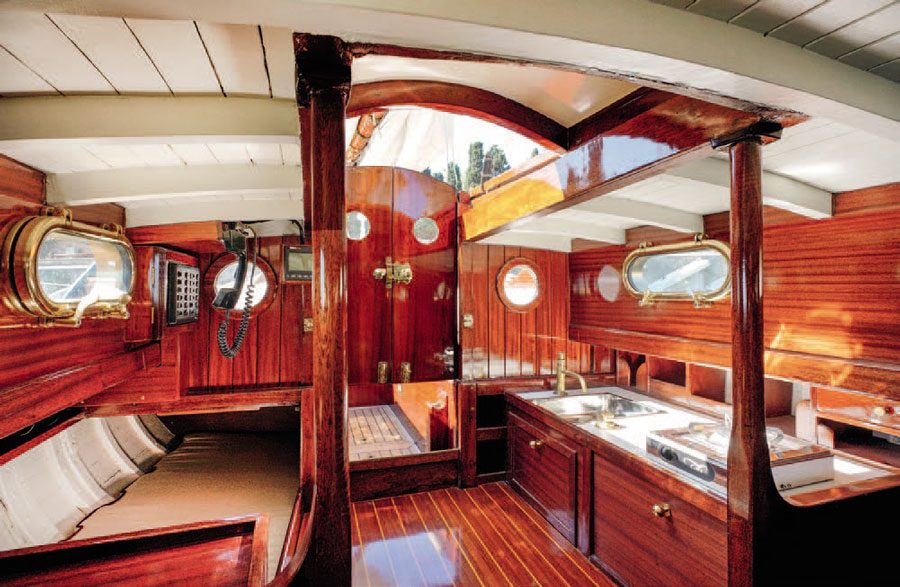
In addition to steamrollers and tractors from the early years of the last century, several working boats and steam yachts are on display, all in working order. Among these are two Dutch tugs, Rosalie (1873) and Liman 2 (1935), the yacht Gonca (1905), a tiny launch built in Chatham for the Royal Navy in 1888, as well as Ysolt, a fascinating commuter built in Southampton in 1893.
These boats, along with many others (the magnificent 1927 picket-boat Maid of Honour was featured in Boating New Zealand in December 2017) can be found inside the museum buildings, located in the Hasköy district along the Golden Horn, or else in the water basin in front of it. The Istanbul museum, opened in 1994 and enlarged in 2001, is housed in the nineteenth-century U-shaped venue where the maintenance of Istanbul’s ferry steamers was carried out over a century ago. The covered square has an area of 27,000m2 equivalent to St. Peter’s Square in Rome.
LATEST ARRIVALS
Rahmi M. Koç’s love of boating – he was born in Ankara in 1930, so a man ‘of earth’ – is a something of a history lesson in itself. In his youth, he loved motor boats, but following a bad accident that put him out of action for several months – he hit a buoy on the Bosphorus during a foggy crossing – he began to see sailing boats differently. Today he owns so many he doesn’t know the total number. The latest arrival is called Teodora, a schooner built at Cheoy Lee in Hong Kong in 1979 and restored in Tuzla by RMK Marine, a shipyard owned by the tycoon himself. “I wanted it,” said Koç “for many reasons, and especially because I had never owned a schooner before. I love her romantic clipper bow and, above all, her very spacious cockpit.”
It’s difficult to disagree: a quick look at her is enough to realise how charming and comfortable this craft is, thanks to her generous beam and long keel.
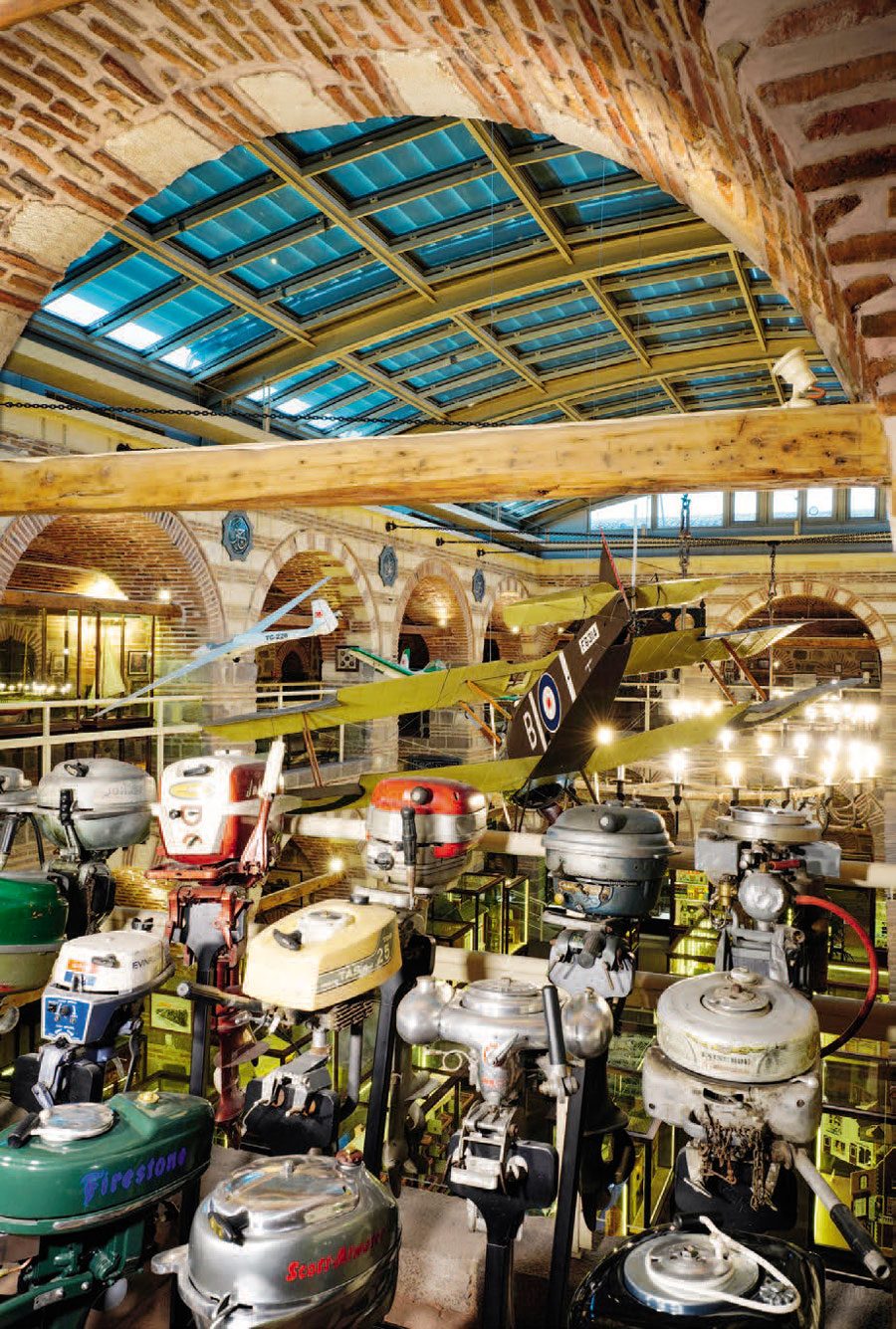
Around the time Teodora resumed sailing after a one-year refit, two motorboats put to sea, much to the delight of the Turkish mogul. One of them was recently delivered to the Rahmi M. Koç Museum of Istanbul as a permanent exhibit. Her name is T/T Vedette , once the tender to the famous Frederick Vanderbilt’s 170ft steam ship Vedette, launched in 1899 as Virginia and built to a G.L. Watson design.
Purchased three years ago in derelict condition, the 26ft Consolidated Speedway Saloon tender was restored at the museum workshops in Tasdelen, in Anatolian Istanbul. The original 35hp Kermath gasoline engine, no longer available, has been replaced with a very similar model (a Kermath 50hp) that turned out to be extremely difficult to find. Rahmi Koç, however, demands that all his collectibles, whether for personal or museum use, be working and complete in every detail.

Years ago, while restoring an engineless Riva Florida, Mr Koç managed to find an original ChrisCraft engine for the runabout. After a single outing in the Sea of Marmara, obviously with the tycoon onboard, the runabout was transferred to the northwest wing of the Istanbul museum, alongside other historical models of the Italian shipyard: an Aquarama and an Olympic.
T/T Vedette had precisely the same fate: after just a few days in the water to properly test the engine and arrange some good photos while underway, the craft was loaded onto a truck to be permanently exhibited at the Rahmi M. Koç Museum.
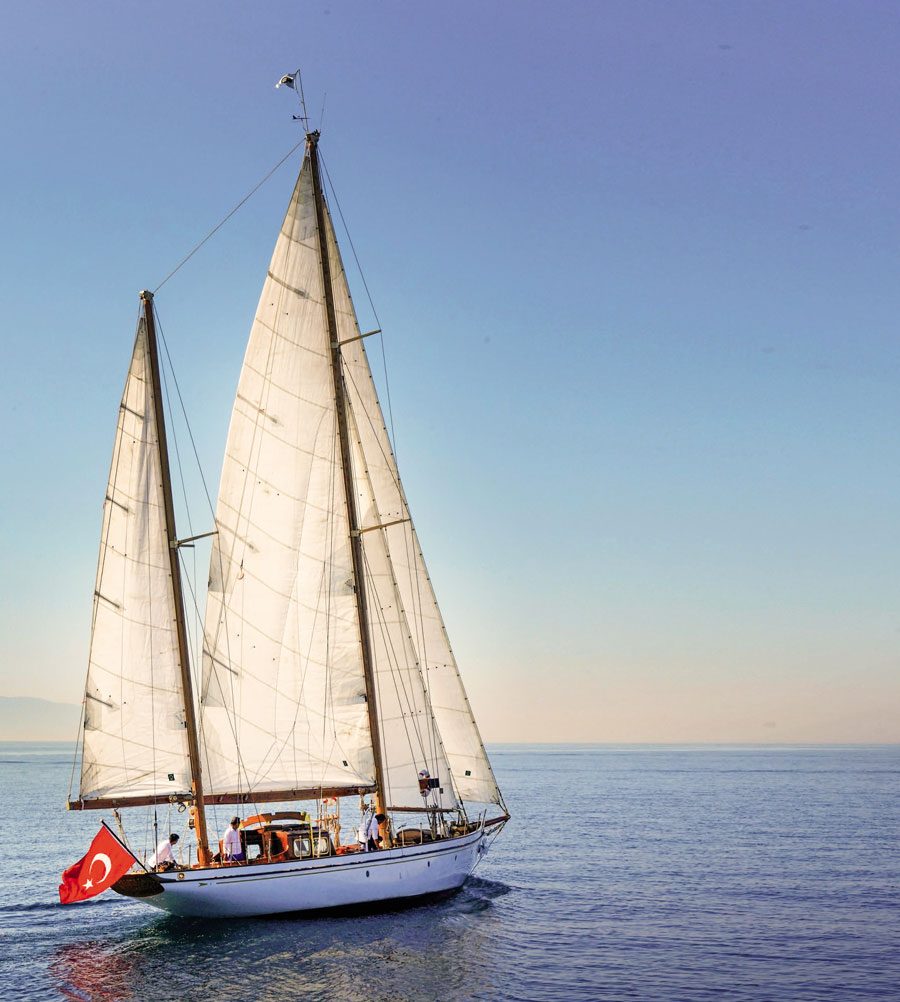
The third boat delivered to the mogul in 2021 was Gwendolyn (1947). Mr Koç needed a new craft to commute in the Bodrum Peninsula, where has an estate and often spends his holidays.
Built at the legendary Blanchard shipyard of Seattle, this handsome commuter features sober interiors (with berth accommodation concentrated in a forward V-shaped cabin), a raised wheelhouse with forward-facing sofa seating, a spacious galley-dinette and a wide cockpit.
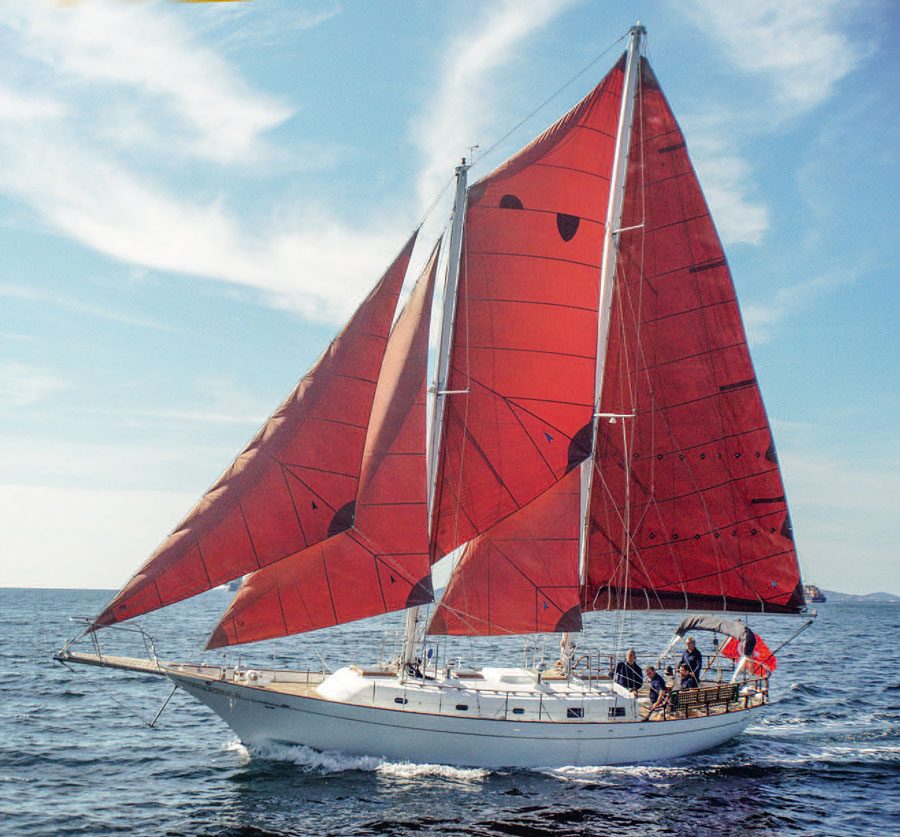
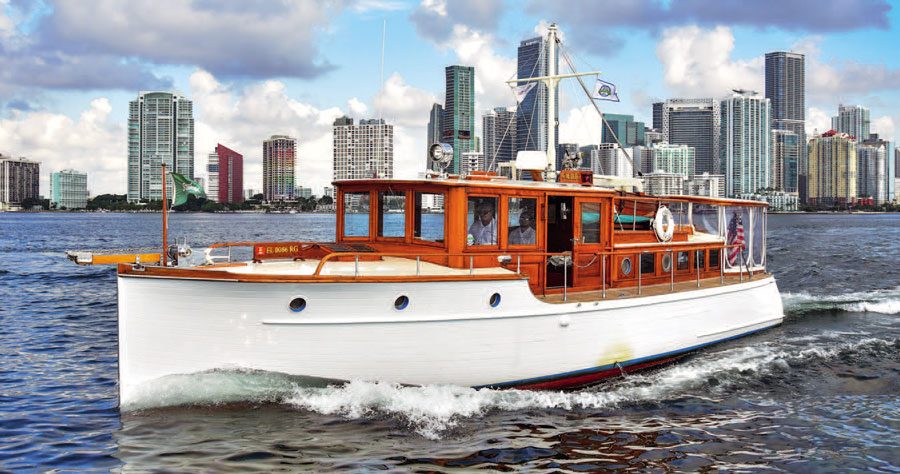
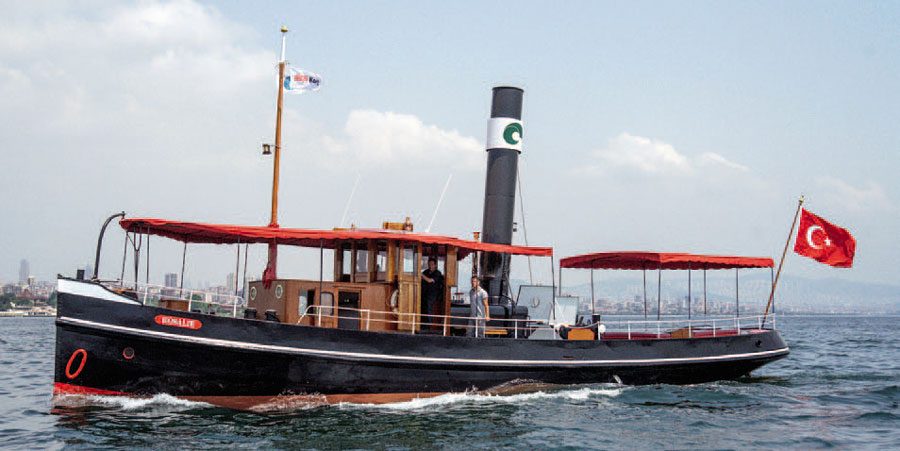
BEAUTY RULES
Wherever he goes and resides, Rahmi Koç is surrounded by yachts. In Miami, where he owns the historical shipyard RMK Merrill Stevens and spends a month every year, he boards the motoryacht Cielito (1930); in Istanbul he uses the Victorian looking Camper & Nicholsons’ motoryacht Romola (1903), the Swedish ketch Cassiopeia (1937) and the gaff cutters Lady Edith (a 12-metre IR by William Fife III, launched in Fairlie in 1925) and Vilia (1910). On Lesbos (Greece) and on another island he owns in the Sea of Marmara, a stone’s throw from Tuzla, Mr Koç owns other motorboats that provide quick and practical travel for him, his guests and his staff.
His flagship, Nazenin 5, is a 52-metre steel and aluminum ketch that replaced the Nazenin 4, a Palmer Johnson ketch in which he circumnavigated the globe early in the millennium, calling at Auckland as well. Built by RMK Marine to a Sparkman & Stephens design, Nazenin 5 fully reflects the taste of the tycoon of a decade ago, especially interior-wise, her cabins and saloons being rich in marine antiques.
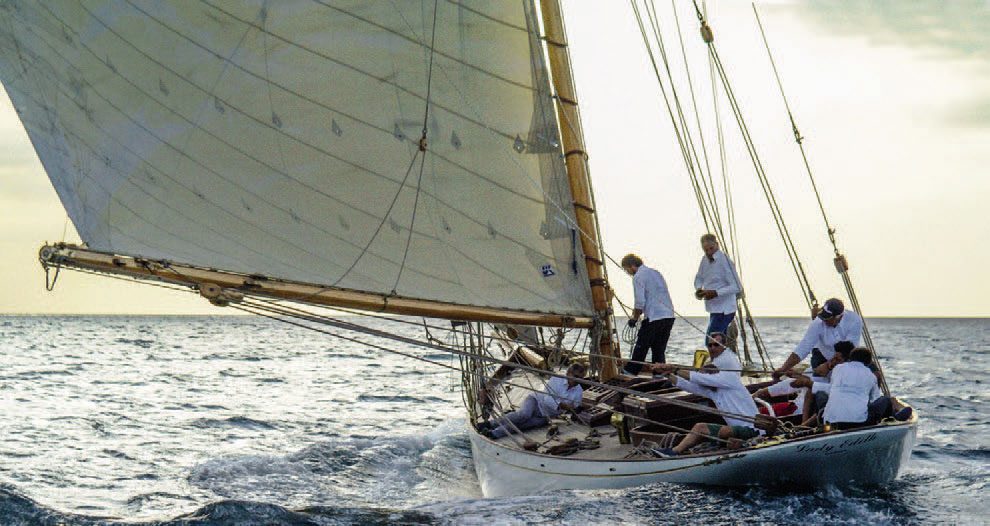

Despite having enjoyed this superyacht around the eastern and central Mediterranean, much seems to have changed in recent years. “I don’t understand why people buy yachts that are even bigger in size,” said the industrialist. “After purchasing and renovating the tiny Vilia a few years ago, which is just 32 feet (9.75m) in length, I realised how much fun it is to sail in the true sense of the word, tacking in a fresh breeze, and holding the tiller in person, all without a skipper.”
“In short, it is never too late to discover the pleasure and beauty of sailing, something ‘minor’ boats, as opposed to gigantic superyachts, can easily provide, enabling one to (re) discover the ancestral pleasure of setting out to sea.” BNZ





